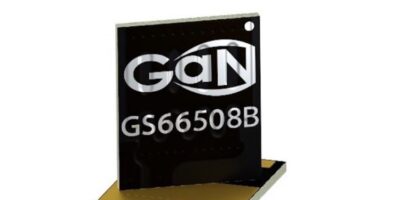In smart environments where sensors monitor for changes so that the appropriate actions can be taken, the fastest growing examples are smart homes and smart offices where a network of sensors monitors temperature and carbon dioxide (CO2) levels to ensure the optimal conditionals are maintained with the minimum of energy expenditure, for example heating ventilation and air conditioning (HVAC) and indoor air quality (IAQ). A challenge for such systems in that the CO2 sensors need mains power to operate incurring costs for cabling and, in the case of installing in existing buildings, redecoration. Gas Sensing Solutions (GSS) believes it has solved this problem with its low power, LED-based sensor technology. The sensor’s power requirements are so low that wireless monitors can be built that measure CO2 levels as well as temperature and humidity with a battery life of over 10 years. As they are wireless they can be placed wherever they are required with no need for cabling or disruption. Equally, they can be simply relocated as building usages changes.
GSS has added an I2C interface to its very low power CO2 sensor, the CozIR-LP to make the integration of the sensor into a design very easy, says GSS. The CozIR-LP is claimed to be the lowest power CO2 sensor available. It requires only 3mW – this is up to 50 times lower than typical NDIR CO2 sensors. The patented LED technology also means that the solid state sensor is very robust, adds GSS. This keeps maintenance costs to a minimum as the expected lifetime is greater than 15 years; making them particularly suitable for applications that measure low (ambient) levels of CO2 from 0 to one per cent.
GSS will be launching the new I2C-enabled CozIR-LP on booth C5366 at the AHR Expo in Atlanta, GA, USA (14 to 16 January 2019).







